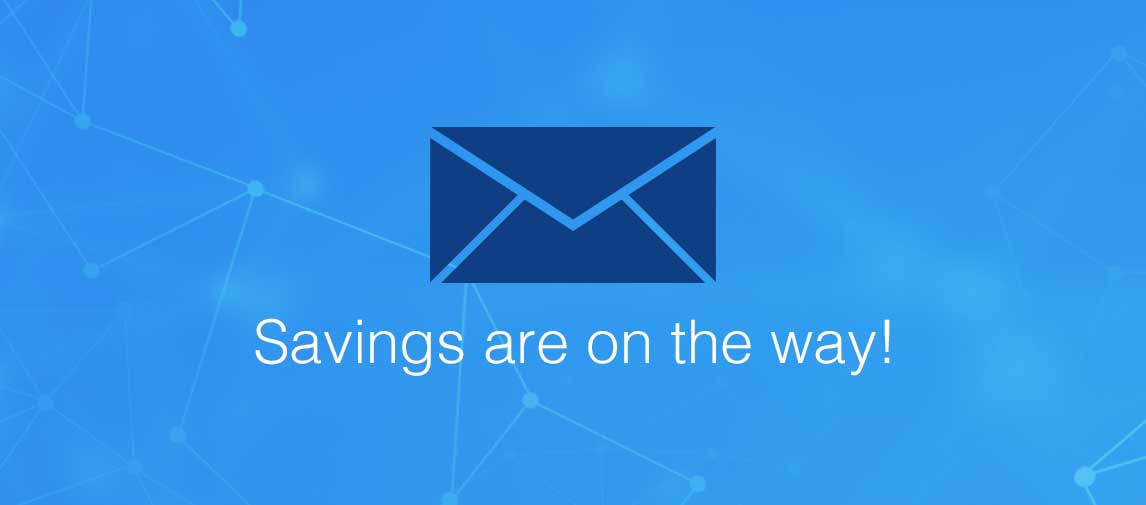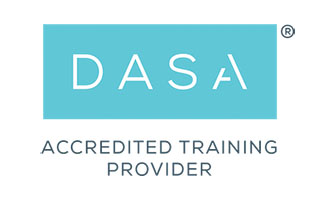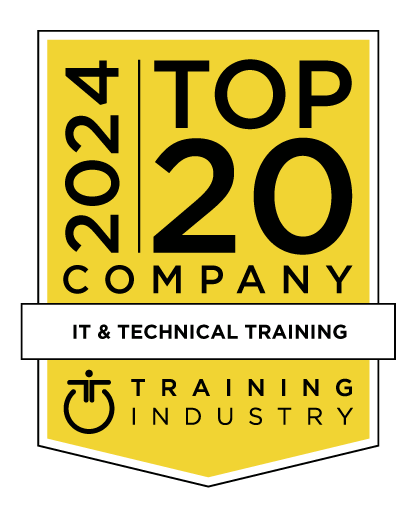title
Please take a moment to fill out this form. We will get back to you as soon as possible.
All fields marked with an asterisk (*) are mandatory.
Lean Portfolio Management elearning
Course Description
Overview
Lean Portfolio Management (LPM) will enable Portfolio managers and transformation leaders to align their portfolio process, instruments, and practices to enable a high-performing organization and align their portfolio strategies to their organization’s goals and strategies.By choosing the LPM program, organizations and individuals will learn to take a comprehensive approach to portfolio management that drives strategic alignment, value delivery, establishes effective governance practices, fosters collaboration and communication, and promotes continuous improvement. This results in improved portfolio performance, enhanced agility, and the ability to deliver value continuously to customers.
This program equips learners with the skills and knowledge necessary to drive successful Lean Portfolio Management transformations and career growth. The program is designed to make learners apply the skills acquired in their daily life.
The program includes hands-on exercises, case studies, and brainstorming exercises, to ensure the application of knowledge.
Benefits to the Individual
This program empowers individuals to effectively navigate the complexities of portfolio management, align their strategies with organizational goals, drive high-performance outcomes, and continuously deliver value to customers.
Individuals can benefit from the Lean Portfolio Management (LPM) program in several ways:
- Enhanced Strategic Alignment: The program provides actions and methodologies to align the portfolio with the organization's strategic vision. This helps Portfolio managers ensure that their initiatives and products are directly tied to the overall business objectives, maximizing strategic alignment.
- Improved Decision-Making: The program equips Portfolio managers with tools and techniques for data-driven decision-making. They learn to prioritize and optimize portfolio investments based on strategic goals, value delivery, and other relevant factors. This enables Portfolio managers to make informed decisions and allocate resources effectively.
- Resource Optimization: In this program, Portfolio managers learn how to allocate resources based on value, prioritize initiatives, and identify opportunities for waste reduction. This helps ensure that resources are utilized efficiently and effectively.
- Performance Measurement: The program emphasizes the use of key performance indicators (KPIs) and metrics to measure and track the performance and outcomes of portfolio investments. Portfolio managers learn to set meaningful KPIs, monitor progress, and make data-driven adjustments. This enables them to demonstrate the value and impact of their portfolio to stakeholders.
- Culture of Continuous Improvement: The program fosters a culture of continuous improvement by introducing Lean principles and techniques. Portfolio managers gain an understanding of Lean concepts such as waste reduction, iterative improvement, etc.
They can apply these principles to continually improve portfolio management practices and drive positive change within the organization.
Benefits to the Business
LPM is a critical aspect of DevOps adoption. By implementing LPM practices, organizations can achieve improved strategic alignment, faster decision-making, and adaptability to market changes, resulting in higher-quality software delivery.
Businesses can derive significant benefits from the LPM program in the following ways:
- Enhanced Strategic Alignment: LPM program helps employees understand the importance of aligning portfolio initiatives with the organization's strategic goals. By learning how to assess and prioritize initiatives based on strategic value, employees can ensure that resources are directed toward projects that contribute to the company's vision. This alignment enables businesses to focus on high-value initiatives and maximize their strategic impact.
- Improved Operational Efficiency: LPM program equips employees with the knowledge and skills to streamline portfolio management processes. This leads to increased operational efficiency as teams learn how to optimize budget and resource allocation, prioritize initiatives, and make data-driven decisions. Businesses can reduce costs and achieve better outcomes by eliminating inefficiencies and waste.
- Agile Adaptability: LPM program introduces employees to agile and lean principles to be applied to Portfolio management, enabling them to respond quickly to market changes and adapt portfolios accordingly. Agile practices allow teams to embrace iterative development, collaborate more effectively, and deliver value in shorter cycles. This adaptability ensures that businesses can stay ahead of competitors and meet evolving customer demands.
- Optimal Resource Utilization: The LPM program equips employees with tools and techniques to allocate resources across the portfolio effectively. By understanding how to prioritize initiatives based on value, organizations can make informed decisions about resource allocation, ensuring that limited resources are allocated to projects that align with strategic objectives. This optimized resource utilization leads to cost savings and improved overall portfolio performance.
- Performance Measurement and Continuous Improvement: LPM program teaches employees how to use key performance indicators (KPIs) and metrics to measure and track the performance of portfolio initiatives. By regularly assessing performance, teams can identify areas for improvement and make data-driven adjustments to optimize outcomes. This continuous improvement mindset fosters a culture of learning and innovation within the organization.
Objectives
- Recognize the importance of aligning business objectives with portfolio strategy: Define Lean Portfolio Management and Recognize the importance of aligning business objectives with portfolio strategy for effective value delivery.
- Align business objectives and goals with portfolio strategy: Translate the business objectives to portfolio goals & strategy and roadmap; Explain the usage of OKR to create specific and measurable goals for the portfolio
- Communicate portfolio vision and strategy to all stakeholders: Do stakeholder analysis for communication; Create a communication strategy aligned with the stakeholder analysis (use case study and example)
- Organize the portfolio around value streams that provide continuous value delivery to the customers & secure funding for it: Identify the characteristics of value streams as an organizational construct; Get funding assigned to create and maintain the solutions needed to meet business goals: Explain the relevant strategies for funding, such as buckets; Identify the capacity and investments to be assigned to the different buckets of the portfolio; Assign funding to value streams
- Optimize the portfolio to maximize value delivery by eliminating waste: Identify potential improvements for flow in the overall portfolio process
- Make data-driven decisions for: Resource allocation; Portfolio Investment; Backlog Management: Prioritize epics & features
- Establish effective governance practices to ensure alignment, transparency, and decision-making within the portfolio.: Implement appropriate metrics, measurements, and dashboards to track: portfolio performance, value realization, continuous improvement
- Continuously Align the portfolio execution and optimization with the stakeholders
- Establish regular cadence and process to review measurement metrics and results
Audience
- Portfolio Managers
- Strategic Leadership (C* level)
- Product Managers
- Epic Owners (Program/Project Managers)
- Transformation Leaders
- Product Owner
- Scrum Master
- Enterprise Architect
Prerequisites
-
Participants should know or have basic knowledge of Agile, Lean, and DevOps principles.
This understanding helps them contextualize LPM within the broader Agile and Lean methodologies framework.
Topics
- Identifying the importance of Lean Portfolio Management in DevOps
- Aligning Business Objectives with Portfolio Goals
- Implementing OKR in Portfolio Management
- Creating Value Stream-driven Portfolio
- Funding Strategies for value stream
- Allocating funds to value stream buckets
- Optimize the Portfolio Flow
- Data-Driven Decisions in Lean Portfolio Management
- Prioritizing Epics and Features based on Customer Needs
- Establishing Portfolio Governance Practices
- Aligning Stakeholders with Portfolio Implementation & Continuous Optimization
- Identifying Metrics and Measurements for Portfolio Governance
- Identifying Stakeholders and their role in your Portfolio
- Creating a Communication Strategy and Executing it
- Exam details
- Exam Specifications
Related Courses
-
DASA DevOps Coach
DEVO-300- Duration: 3
- Delivery Format: Classroom Training, Online Training
- Price: 2,325.00 USD
-
DASA DevOps Product Owner
DEVO-315- Duration: 2
- Delivery Format: Classroom Training, Online Training
- Price: 1,550.00 USD
Self-Paced Training Info
Learn at your own pace with anytime, anywhere training
- Same in-demand topics as instructor-led public and private classes.
- Standalone learning or supplemental reinforcement.
- e-Learning content varies by course and technology.
- View the Self-Paced version of this outline and what is included in the SPVC course.
- Learn more about e-Learning
Course Added To Shopping Cart
bla
bla
bla
bla
bla
bla
Self-Paced Training Terms & Conditions
ONCE YOU ARE ENROLLED IN THIS COURSE YOU WILL NOT BE ABLE TO CANCEL YOUR ENROLLMENT. You are billed for the course when you submit the enrollment form. Self-Paced Virtual Classes are non-refundable. Once you purchase a Self-Paced Virtual Class, you will be charged the full price.
This is a DASA Self-Paced virtual class; it is intended for students who do not need the support of a classroom instructor. If you feel you would better benefit from having access to a Subject Matter Expert, please check to see if an Instructor-Led version is available.
- Students will receive an access code within 1-3 business days.
- If purchasing a self-paced course for multiple students, the purchaser will receive the access codes and must distribute them individually to the students.
- Students have access to the course 24/7 and will need to read and follow all instructions carefully to complete the course successfully within their allotted time.
Q:Is there a deadline for completing a course?
A: No. DASA self-paced courses are created for learner’s convenience and flexibility - you can study and learn at your own pace.
Exam Terms & Conditions
Sorry, there are no classes that meet your criteria.
Please contact us to schedule a class.

STOP! Before You Leave
Save 0% on this course!
Take advantage of our online-only offer & save 0% on any course !
Promo Code skip0 will be applied to your registration
Purchase Information
title
Please take a moment to fill out this form. We will get back to you as soon as possible.
All fields marked with an asterisk (*) are mandatory.










